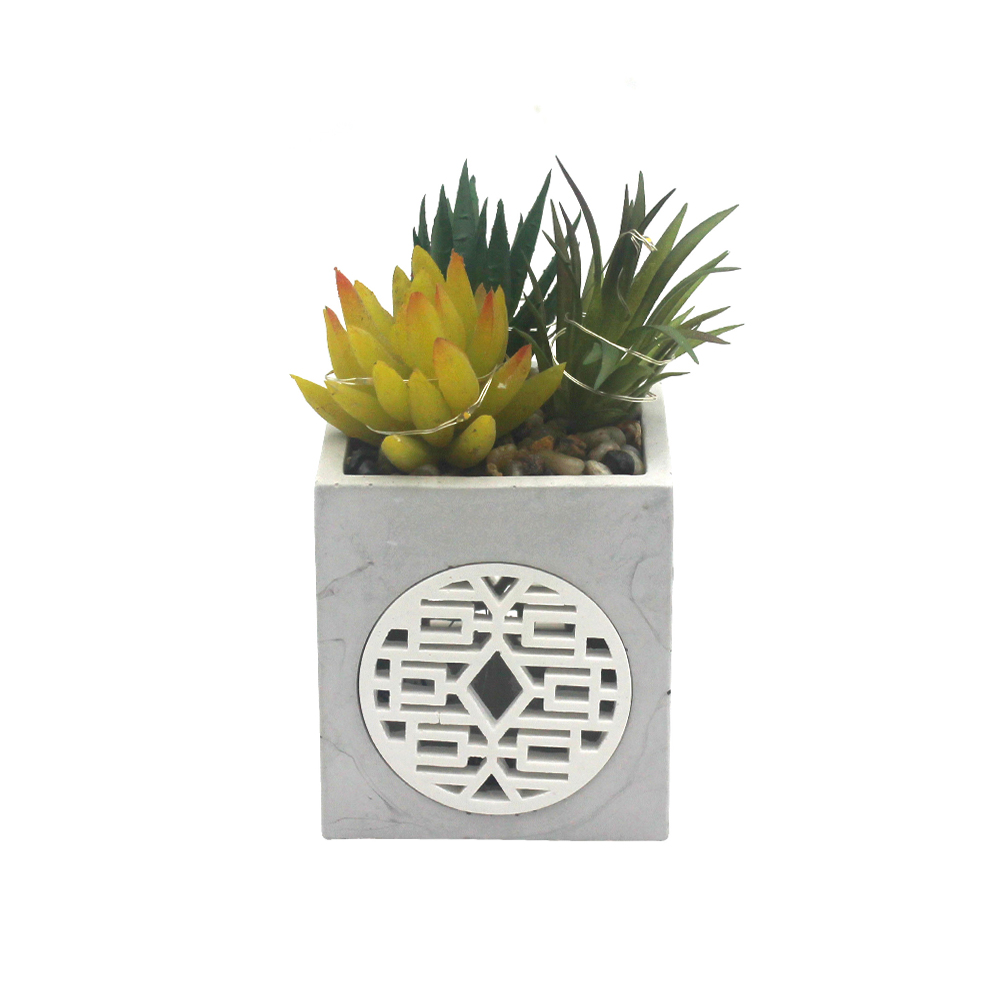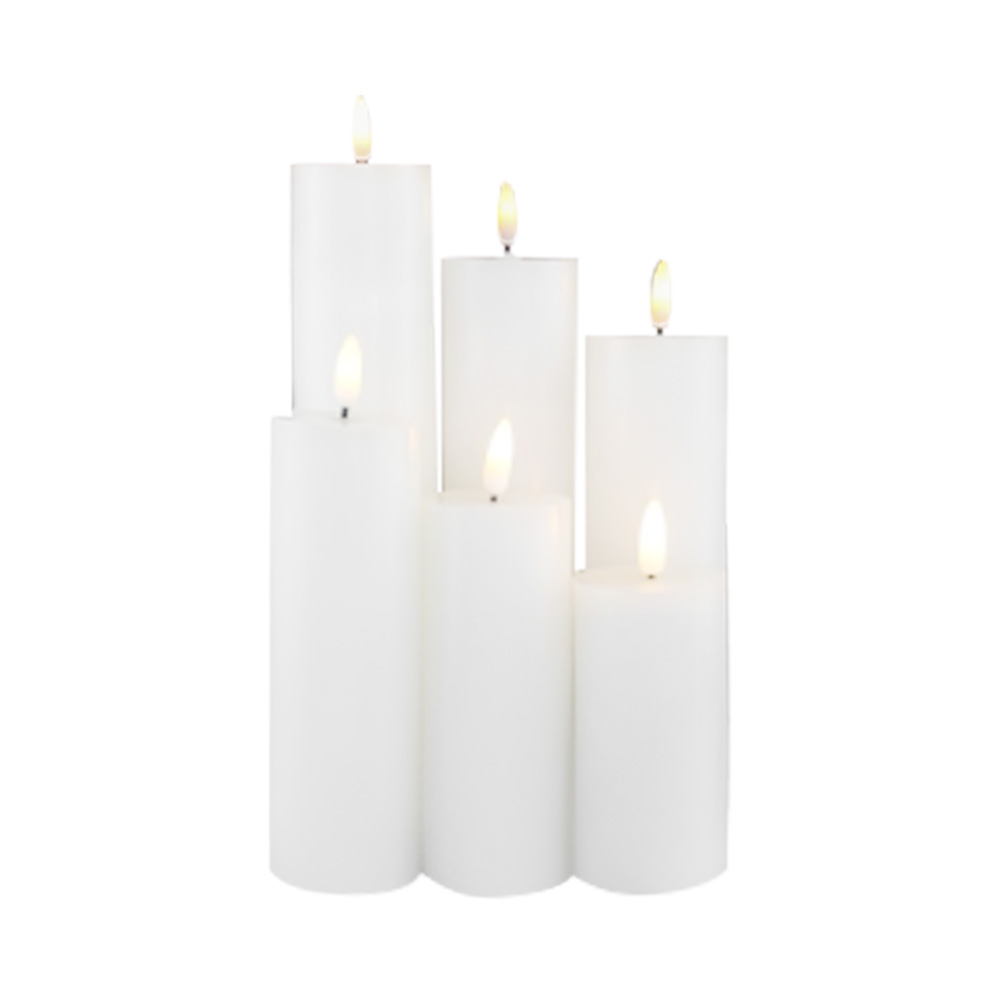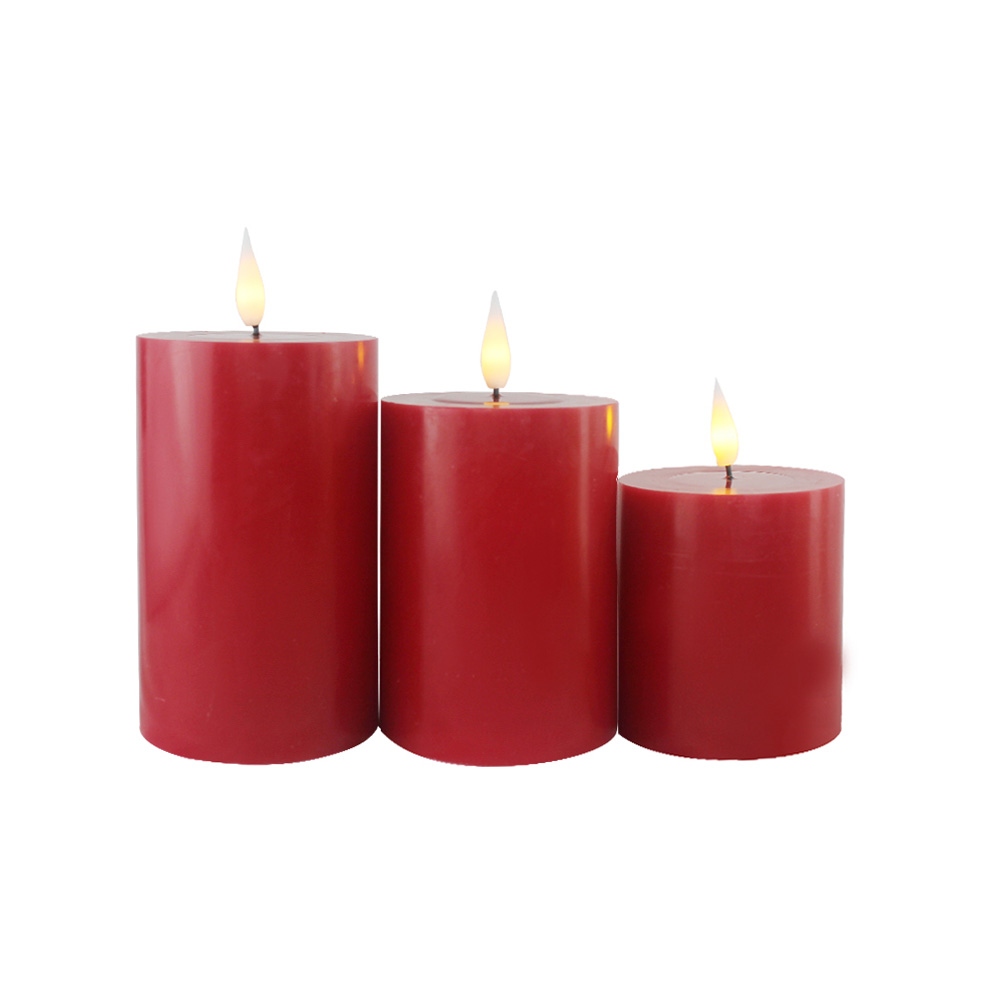What are the application advantages and challenges of LED cement lamps?
LED Cement Light Material Characteristics and Application Advantages
LED cement lights use cement as their primary material, combined with LED light sources, to create a new type of lighting device. Cement imparts high mechanical strength and weather resistance, making it suitable for a variety of complex environments. Cement's excellent fire resistance also offers safety advantages. Furthermore, cement's environmentally friendly properties, widespread availability, and relatively stable prices provide favorable conditions for the production and promotion of LED cement lights.
Energy Savings and Longevity Benefits of LED Light Sources
As an emerging lighting technology, LED light sources have attracted widespread attention for their low energy consumption and long lifespan. Combining the stable structure of cement with the efficient light source of LEDs, LED cement lights achieve significant energy savings while maintaining high lighting quality. Their long lifespan reduces replacement frequency and maintenance costs, making them suitable for long-term installation and use. This combination enhances the overall economic efficiency and user convenience of the lamp.
LED Cement Light Environmental Adaptability
Due to the corrosion and weather resistance of cement, LED cement lights have strong environmental adaptability and can operate stably in variable outdoor climates. Cement lamps maintain structural integrity and functional stability regardless of high or low temperatures, or in humid environments. This makes them widely suitable for use in locations such as road lighting, park lighting, and industrial areas, providing reliable light sources for public facilities.
Challenges of Design Diversity and Aesthetics
The rigidity and weight of cement materials impose certain limitations on lamp design. Compared to plastic or metal, cement is more difficult to process, making it difficult to achieve complex or delicate designs. Furthermore, cement's surface color and texture are relatively monotonous, making it difficult to meet the aesthetic and personalized demands of some users. Designers need to strike a balance between function and appearance, promoting innovation in material processing to enrich product performance.

The Impact of Weight on Installation and Maintenance
Due to their higher material density, cement lamps are generally heavier than traditional plastic or metal lamps. This makes transportation and installation more difficult, potentially requiring more manpower and specialized equipment, increasing construction costs. Furthermore, disassembly, assembly, and movement during maintenance are complex, presenting challenges for maintenance personnel. Maintaining strength while reducing weight is a key issue in design and manufacturing.
Considerations for Heat Dissipation and Electronic Component Protection
Although LED light sources are highly energy-efficient, they still generate heat during operation. Cement has relatively low thermal conductivity, making heat dissipation less efficient than metal, which can easily lead to elevated internal lamp temperatures. High temperatures can affect the lifespan and stability of the LED and its driver circuit. Therefore, effective heat dissipation measures, such as internal structural optimization or auxiliary heat dissipation devices, are necessary in the design to ensure proper operation and extended lifespan of electronic components.
Challenges of Production Processes and Environmental Requirements
The production process of cement products involves mixing, molding, and curing cement, a complex process with a long production cycle. The cement mix ratio and curing conditions must be strictly controlled during production to ensure the quality of the finished product. Furthermore, cement production itself carries certain carbon emissions, which have a certain impact on the environment. Manufacturers should prioritize the use of environmentally friendly processes and reduce waste gas and wastewater emissions during production to meet sustainable development requirements.
Cost Structure and Market Competition of LED Cement Lamps
The cost of LED cement lamps primarily consists of cement raw materials, LED light sources and electronic components, as well as production and processing costs and labor. Due to the complex production process and heavy weight of cement lamps, transportation costs are also increased. Compared to traditional plastic or metal lamps, initial investment costs may be higher. Competition among lamps made of different materials in the market forces LED cement lamps to strike a balance between performance and price to enhance their market competitiveness.
Application Scenarios and User Needs
LED cement lamps are more suitable for locations requiring high structural strength and weather resistance, such as public roads, industrial plants, and outdoor spaces like plazas. Their robustness and durability make them an ideal choice for these applications. However, in indoor or commercial lighting applications, where portability and diverse designs are paramount, cement lamps may not be as effective. Understanding the needs of different users and designing products accordingly can help expand their application scope.
Future Development Directions and Technological Improvement
With the development of new materials and processes, LED cement lamps have room for further improvement in weight reduction, aesthetics, and heat dissipation. The use of composite materials, innovative surface treatment technologies, and the integration of intelligent control technologies will drive cement lamps towards higher performance and richer functionality. Companies should continuously monitor user feedback and market changes to promote product upgrades to adapt to evolving lighting needs.
Comparison of Advantages and Challenges of LED Cement Lamp Applications
| Aspect | Advantages | Challenges |
|---|---|---|
| Material Properties | High mechanical strength, fire-resistant, corrosion-resistant, environmentally stable | Processing difficulty, limited design flexibility, relatively simple appearance |
| Energy Efficiency | Combined with LED light source, achieves good energy savings | Requires proper heat dissipation design to avoid component lifespan reduction |
| Environmental Adaptability | Suitable for variable climates, stable outdoor use | Heavy weight increases installation and maintenance difficulty |
| Production Process | Low raw material cost, mature production process | Longer production cycle, environmental pressure during manufacturing |
| Cost Structure | Long service life reduces maintenance costs | Higher initial and transportation costs |
| Application Scenarios | Suitable for public lighting and industrial environments | Difficult to meet indoor and lightweight design demands |

Ningbo Weizhi Electronics Co., Ltd.
- We will be pleased to provide products with high quality, reasonable price, punctual delivery and best service for you!
GET A QUOTE
Building 2, No. 2477, Cihai North Road, Xipu Town, Zhenhai District, Ningbo City, China
-
 +86-18067520996
+86-18067520996
-
 +86-574-86561907
+86-574-86561907
-
 +86-574-86561907
+86-574-86561907
-
 [email protected]
[email protected]
- +8618067520996
- +86 18074202116
Copyright 2024 Ningbo Weizhi Electronics Co., Ltd. All Rights Reserved.




 English
English Deutsch
Deutsch







